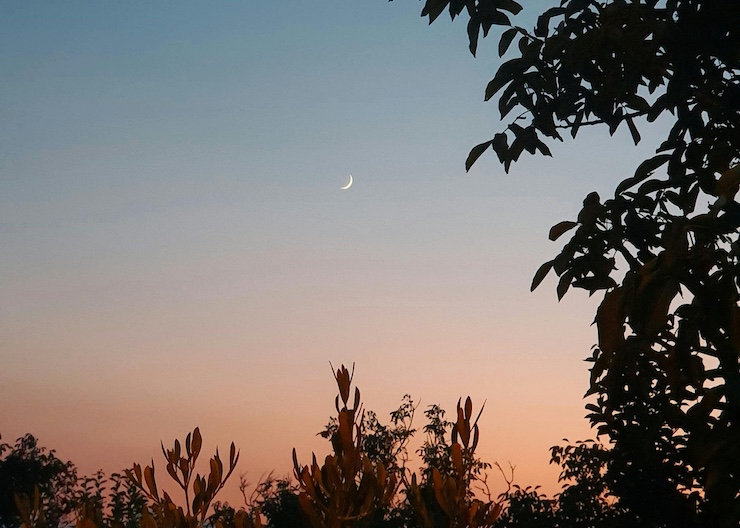
The coming of spring marks a time for renewal as nature begins to bloom. The season is also a time for major celebrations among many world religions, such as Easter and Passover. These holidays are steeped in rich traditions that precede modern times. For many religious leaders around the world, trying to find a way to bridge the ways of the past with the culture of modern society has been challenging. To keep religious practices active and moving forward, it is vital to embrace the younger generations so that they will be eager to keep traditions alive for the future.
The United Arab Emirates (UAE) has set a prime example of how to bridge this transition by embracing modern technology, like drones, to enhance religious experiences. For Muslims, the holiday of Ramadan, regarded as one of the five pillars of Islam, is a time for communal prayer and reflection. Observance of the month-long holiday begins with devotees witnessing the crescent moon at the beginning and end of the ninth month of the Islamic calendar.
To ensure that all UAE Muslims have the opportunity to witness the crescent moon this year, the UAE Council for Fatwa announced that they would be using drones to capture and project the moon to congregations. While some may have been unsure of how a drone could fit in with the ancient traditions of witnessing the crescent moon, many more embraced the opportunity it provided to fulfill the tradition. The success of using drones at the onset of Ramadan has led the committee to continue the program for the close of the holiday, Eid al-Fitr.
Sightings of the Shawwal crescent moon on Eid al-Fitr end the month-long solemn period of Ramadan, coinciding with the joyful rebirth of the spring season. However, the International Astronomy Center confirmed that being able to see the Eid al-Fitr crescent moon this year would not be feasible, as the moon would be setting before the sun. To solve this issue, the Shawwal Crescent Sighting Committee announced that drones, along with astronomical observatories in Al Khatim, Jabal Hafeet, Dubai, Sharjah, and Ras Al Khaimah, would be used to once again allow Muslims to witness the crescent moon.
Meanwhile, in India, where Islam is the country’s second-largest religion with more than 172.2 million Muslims, authorities will be using drones in a different capacity to ensure devotees are able to enjoy the holiday in safety. From January 13, 2025, to February 26, 2025, India hosted the largest religious celebration the world has ever seen as Hindu pilgrims gathered to celebrate the once-in-a-lifetime Prayag Kumbh Mela event that only occurs approximately every 144 years. In order to provide security support, police in India deployed AI-enabled drones to monitor crowds.
In India’s northern state of Uttar Pradesh, Minister Danish Azad Ansari said that the local government is committed to ensuring that everyone has the opportunity to celebrate Eid al-Fitr safely and joyously. For this reason, PAC (Provincial Armed Constabulary) units will deploy the same drone systems they used during the Prayag Kumbh Mela celebrations. “Today, people are offering Namaz on the occasion of Eid al-Fitr,” said Deputy Commissioner of Police Vishwajeet Srivastava. “The security arrangements have been made at all the mosques. We are constantly monitoring the situation through AI drones. These drones are equipped with AI technology. A message of any suspicious activity is sent to our mobile phones and control room.”
As technology continues to play an increasingly prominent role in modern life, its integration into religious practices offers a unique opportunity to preserve and enhance traditions for future generations. The use of drones in the UAE and India is just one example of how innovation can support spiritual observance, ensuring that religious communities can stay connected, engaged, and safe while honoring their rich heritage. By embracing modern tools, these nations are not only safeguarding the practices of the past but also creating new ways for believers to experience and celebrate their faith, making these traditions more accessible to people around the world. This harmonious blend of tradition and technology demonstrates how faith can evolve with the times, ensuring that spiritual practices remain vibrant and relevant for generations to come.
|